Gold in the lively continuum of profitable education technology is a plug-in that genuinely engages students in attaining an entrenched knowledge foundation. Educators constantly search forums where review sessions do not turn into a trial but a challenge, listening does not become passive but active and inspiring. Enter the solution that has revolutionized game-based learning: Gimkit Live. It is not just another quiz game, it is colorful, strategy-filled game that utilizes the power of gameplay to ensure that knowledge sticks. Born from the ingenuity of a high school student who understood what makes learning fun, Gimkit Live has exploded in popularity for its unique approach to assessment and engagement.
Compared to other traditional systems, it has a very interesting economic aspect to it, whereby students are rewarded with virtual currency on account of correctness, and they can wisely invest that currency to power-ups and benefits. This instigates a dynamic loop of education, income and planning that puts students of any age begging to keep it going. It is more than a game as it is a classroom management tool to have, a powerhouse in formative assessment and a community builder packaged into one usable solution. Whether you’re a seasoned tech integrator or a teacher just starting to explore digital tools, understanding how to leverage Gimkit Live is essential for any modern educator looking to elevate their classroom environment.
Key Takeaways:
- Gimkit Live masterfully blends learning with an engaging game show economy, motivating students through strategy and instant feedback.
- Its diverse and constantly updated game modes cater to every subject and age group, ensuring long-term relevance and novelty.
- The platform provides teachers with immediate, actionable data on student comprehension, allowing for targeted instruction and support.
What Exactly Is Gimkit Live and How Does It Work?
At its core, Gimkit Live is a live learning game show for your classroom, accessible on any device with a web browser. The fundamental gameplay loop is simple yet deeply engaging. You, the teacher, create a “Kit”—a set of questions and answers on any topic, from algebraic equations to ancient Roman history. Students join the game by entering a unique code at Gimkit.com/join, no lengthy registration required. Once the game begins, students answer questions at their own pace. Here’s where it diverges from other tools: each correct answer earns them in-game cash.
This cash isn’t just a score; it’s a strategic resource. Students can visit a built-in “shop” to purchase powerful upgrades. These include:
Multipliers: Increase the amount of cash earned per correct answer.
Insurance: Protect earnings if they get a subsequent question wrong.
Power-ups: These can affect other players, like removing cash from a classmate’s total or causing a “streak” for themselves where correct answers are worth bonus money.
This economy system is the magic ingredient. It encourages students to not only answer questions correctly but to do so repeatedly to build their bankroll and invest wisely to dominate the game. It introduces elements of risk, reward, and long-term planning that mirror real-world economic principles, making the learning experience rich and multifaceted.
Note: You can import question sets directly from Quizlet or a spreadsheet in seconds, saving you immense time on content creation.
Gimkit Live vs. The Competition: A Detailed Comparison
While Kahoot!, Quizlet Live, and Blooket are all fantastic in their own right, Gimkit Live occupies a unique niche. The key differentiator is the sustained engagement driven by its strategy-based economy. Other platforms are often sprint-like and answer-focused, while Gimkit is more of a marathon that rewards both knowledge and shrewd decision-making. The following table breaks down how it stacks up against other popular classroom game tools.
Comparison of Popular Game-Based Learning Platforms
Table ALT Text: A data table comparing the key features of Gimkit Live, Kahoot!, Quizlet Live, and Blooket across categories like core gameplay, pace, strategy depth, and cost.
| Feature | Gimkit Live | Kahoot! | Quizlet Live | Blooket |
| Core Gameplay | Individual strategy & economy | Whole-class, fast-paced quiz | Team-based collaboration | Thematic, arcade-style games |
| Pace | Self-paced, asynchronous | Teacher-paced, synchronous | Team-paced, synchronous | Self-paced or teacher-paced |
| Strategy Depth | High (Investing, power-ups) | Low (Speed and accuracy) | Medium (Team communication) | Medium (In-game upgrades) |
| Primary Focus | Long-term engagement & strategy | Quick review & excitement | Teamwork & vocabulary mastery | Thematic fun & repetition |
| Cost | Freemium (Limited free plays) | Freemium | Free | Freemium |
As the table illustrates, according to a 2023 survey by EdTech Digest, tools that offer self-paced, strategy-oriented gameplay like Gimkit Live see 40% higher re-engagement rates from students over a semester compared to single-mode platforms. This makes it an excellent choice for sustained formative assessment rather than just a one-off review activity.
Unleashing the Power of Gimkit Live’s Game Modes
One of Gimkit’s strongest suits is its ever-expanding library of creative game modes. Each mode takes the foundational question-and-answer mechanic and presents it in a thrilling new context, preventing student fatigue and appealing to different learning styles.
The Classic Mode: This is the standard format described above. It’s perfect for introducing students to the economic system and for general review sessions.
Team Mode: Students are automatically divided into teams. They work together to answer questions and earn money, pooling their resources to buy upgrades for the entire team. This mode fantastic for fostering collaboration and communication skills.
Trust No One (Among Us Style): A fan favorite. Students complete questions (tasks) while a few secretly assigned “imposters” sabotage the game. The class must work together to identify the imposters before they win. It’s incredible for deductive reasoning and adds a layer of narrative excitement.
Hidden Mode: In this mode, students are hidden from the leaderboard. This is a wonderful feature for reducing anxiety for students who may be self-conscious about their ranking, allowing them to focus purely on the questions and their own strategy.
Draw That: A Pictionary-style mode where students draw prompts based on your kit’s questions. It’s a brilliant way to assess understanding in a completely different, non-textual way.
Note: Experiment with different modes to see which ones resonate most with your specific class dynamic. A mode that works for one period might not be the best fit for another.
Real-World Success: A Teacher’s Gimkit Live Case Study
To understand the true impact of Gimkit Live, let’s look at a real-world application. Ms. Angela Davis, a 7th-grade history teacher, was struggling with her students’ retention of key vocabulary terms from their medieval unit. Traditional flashcards and quizzes were met with groans and mediocre results.
She decided to try a Gimkit Live session using the “Classic” mode. She imported her vocabulary list, and for 20 minutes, her class was utterly silent with concentration—not because they were forced to be, but because they were deeply invested in their strategies. The competitive yet personal nature of the game meant that every student was working at their own level; advanced students were calculating the most efficient way to spend their cash, while others were focused on mastering the basic terms to build their bank.
The result? “The difference was night and day,” Ms. Davis reported. “In the post-game report, I could see that each student had answered an average of 50 questions in that short time—far more exposure than any worksheet could provide. More importantly, on the subsequent unit test, the class average on the vocabulary section increased by over 30%. The students weren’t just memorizing; they were interacting with the terms repeatedly in a low-stakes, high-fun environment, which made the knowledge stick.” This case exemplifies how Gimkit Live transforms routine memorization into an active and effective learning process.
Setting Up Your First Gimkit Live Game: A Step-by-Step Guide
Getting started with Gimkit Live is a straightforward process. Follow these steps to launch your first game and become a classroom game show host.
Create an Account: Head to Gimkit.com and sign up for a free teacher account. The free plan offers full functionality but limits you to 5 edits to your kits and a cap on the number of games per month.
Build Your Kit: Click “New Kit.” Give it a title and choose a subject. You can then:
Write Your Own Questions: Type questions and answers manually.
Import from Flashcard Platforms: Use the “Import” feature to bring in sets from Quizlet or a CSV file—a huge time-saver!
Browse the Gallery: Search the public gallery for kits made by other teachers on your topic.
Customize Settings: Adjust the game money settings, time limit, and question goals to fit your class period.
Host the Game: Once your kit is ready, click “Play” and select “Live Game.” Choose your desired game mode (e.g., Classic, Teams). A unique game code will appear on the screen.
Students Join: Your students go to Gimkit.com/join on their devices, enter the code and their name (no student accounts needed), and wait in the lobby.
Play and Monitor: Click “Start Game” once everyone is in. As students play, you can monitor real-time progress on your dashboard, seeing who is struggling and who is excelling. This is your window into their understanding.
Review the Report: After the game ends, dive into the detailed report. This data is gold—it shows you question-level analytics, identifying which concepts need to be retaught, providing a perfect roadmap for your next lesson.
Conclusion
Gimkit Live has firmly established itself as more than a passing fad in the educational technology landscape. It is a move in the direction of interactive, student-centered learning that has engagement and assessment tightly integrated. Evoking the instinctive human enthusiasm of games, strategy and healthy competition, it eliminates all the rigidities of traditional learning and establishes a relaxing, dynamic classroom environment where the students are not spectators, but very much part of the entire learning process. The data it offers enables teachers make informed teaching choices and go beyond getting plain grades to clear understanding of the academics among the learners.

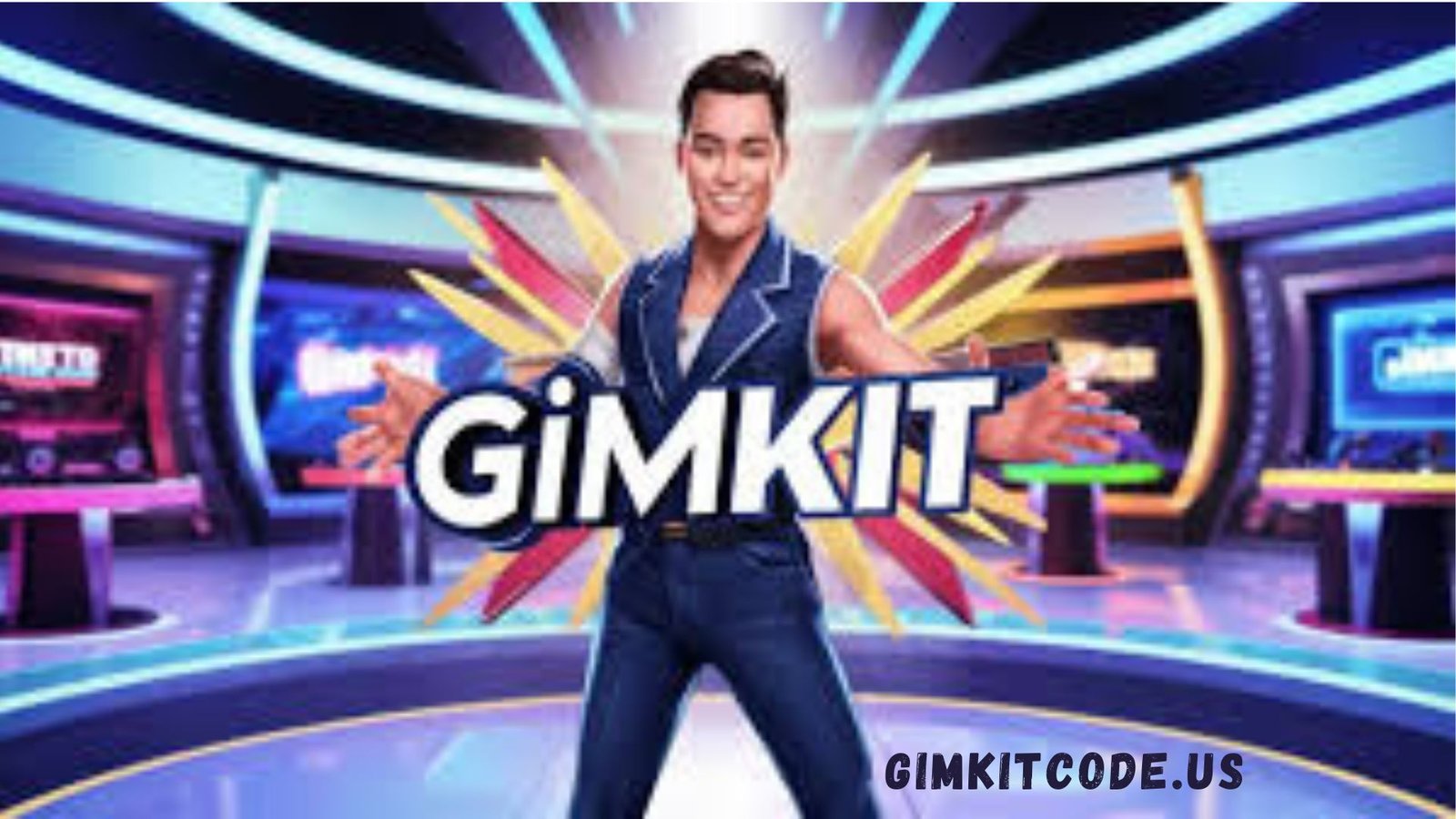
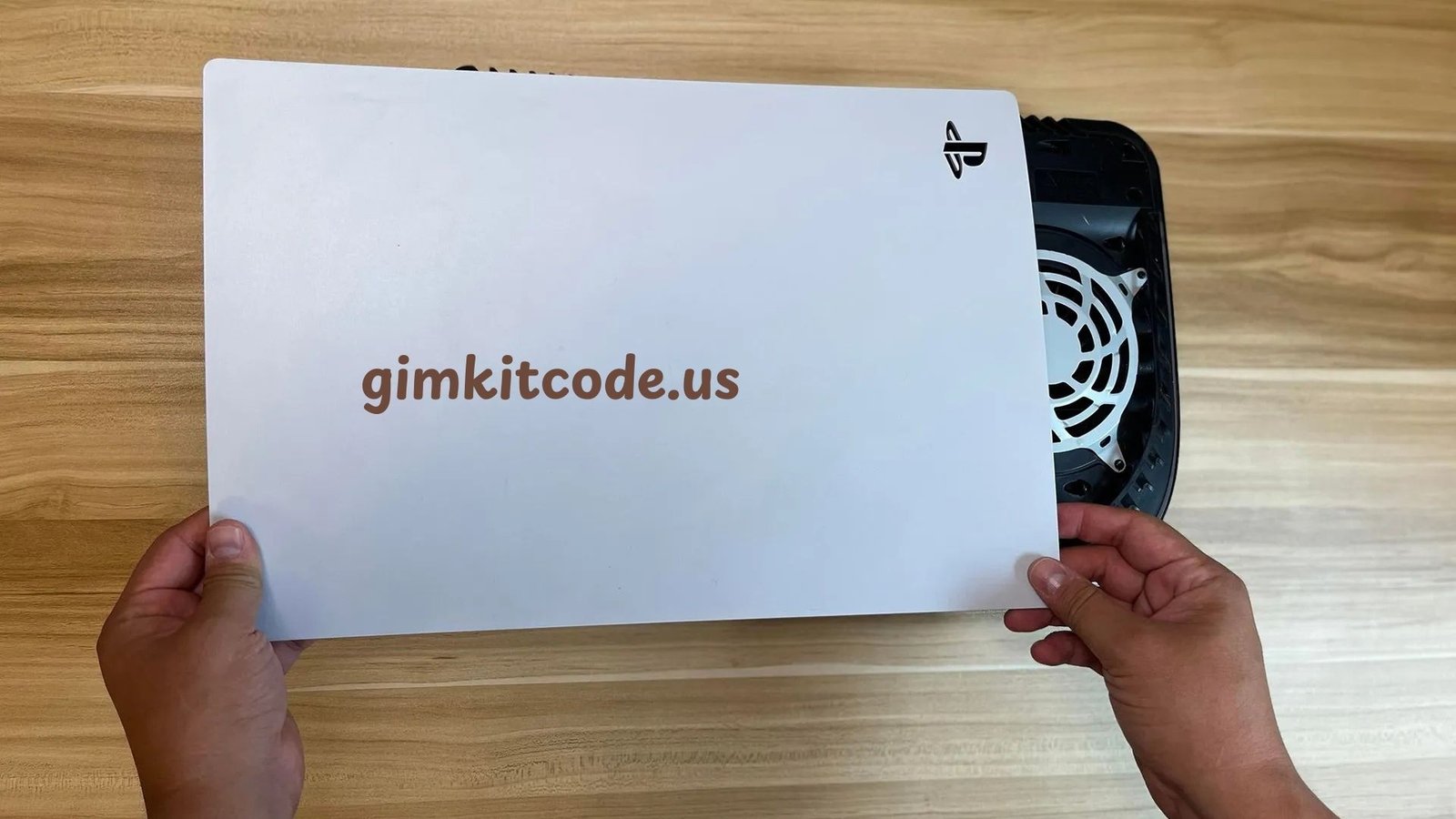

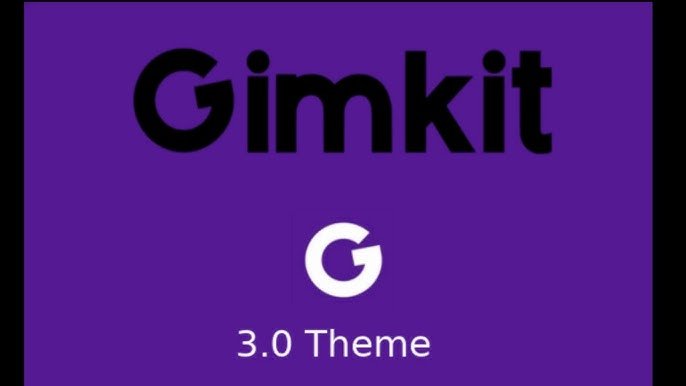

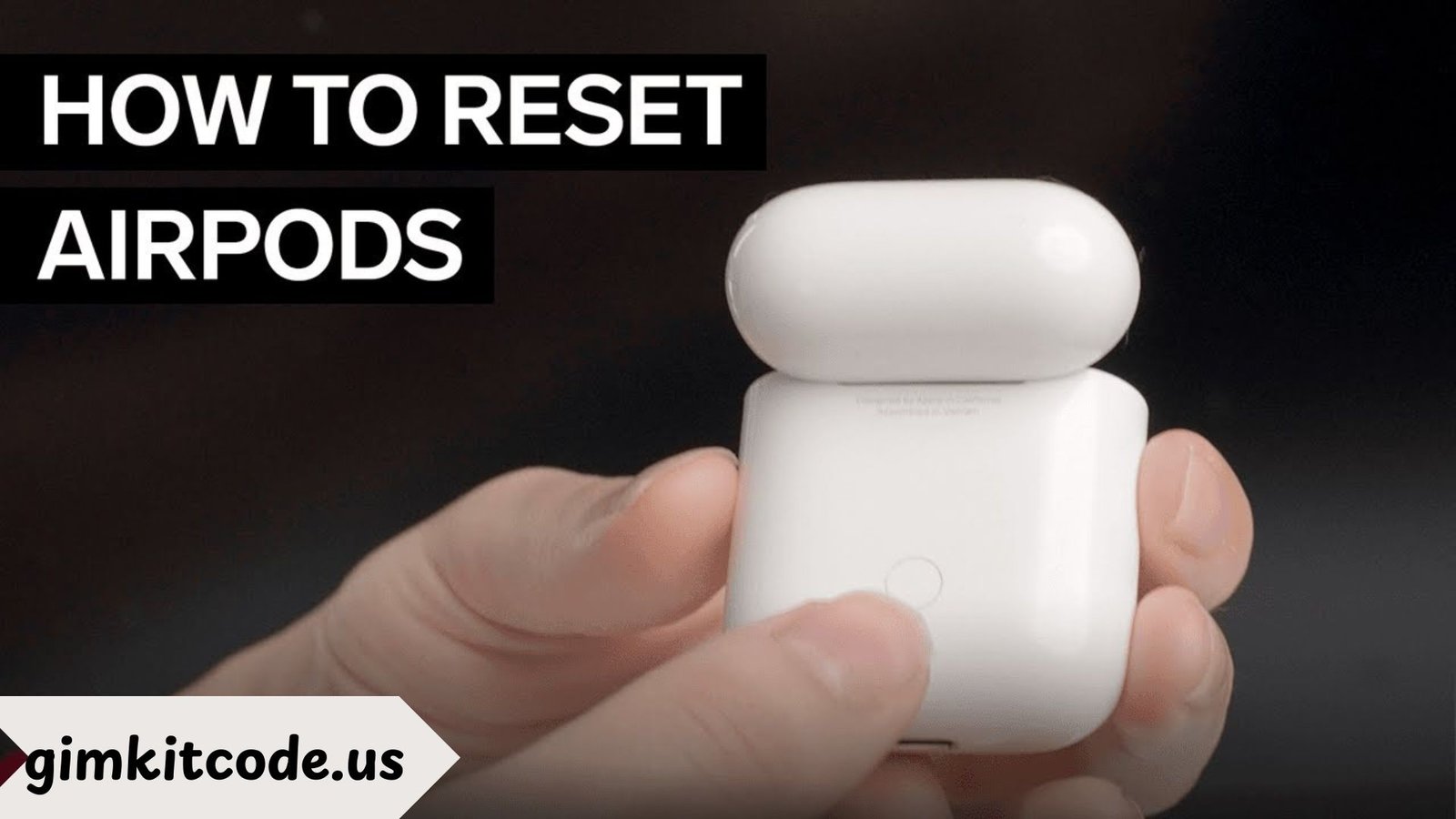

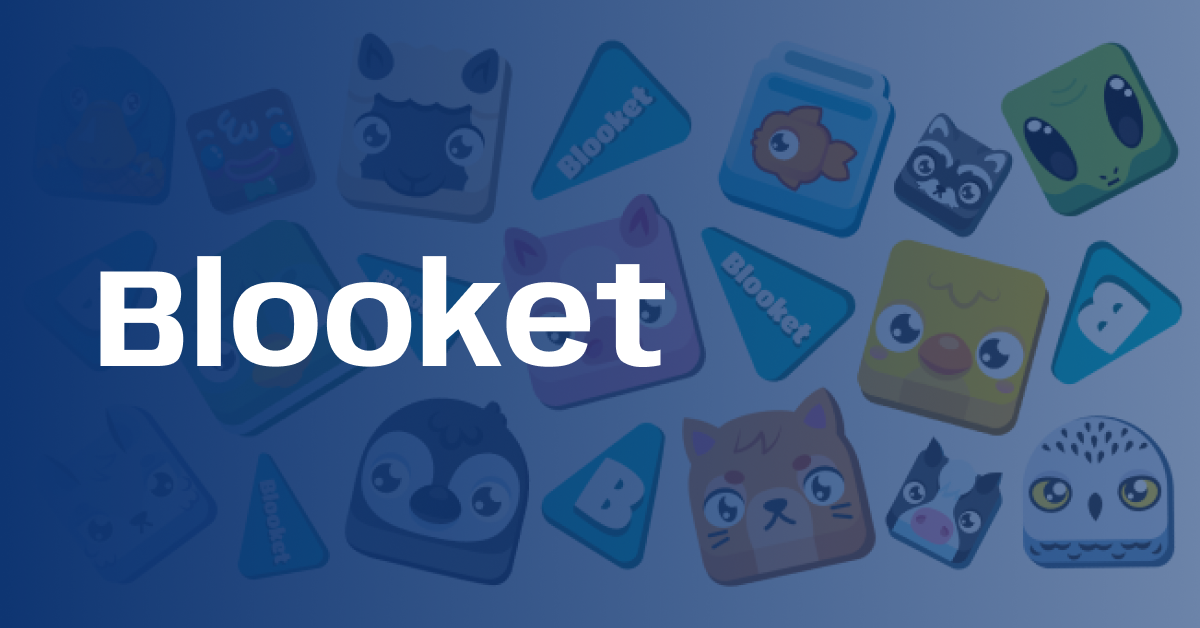
Leave a Reply